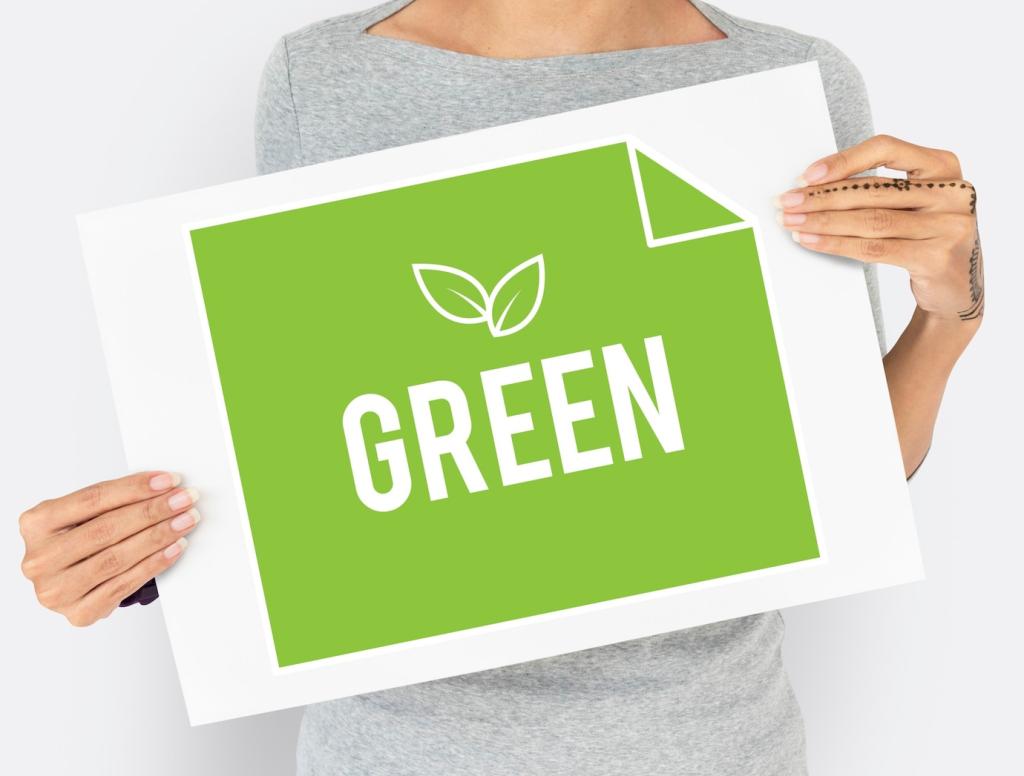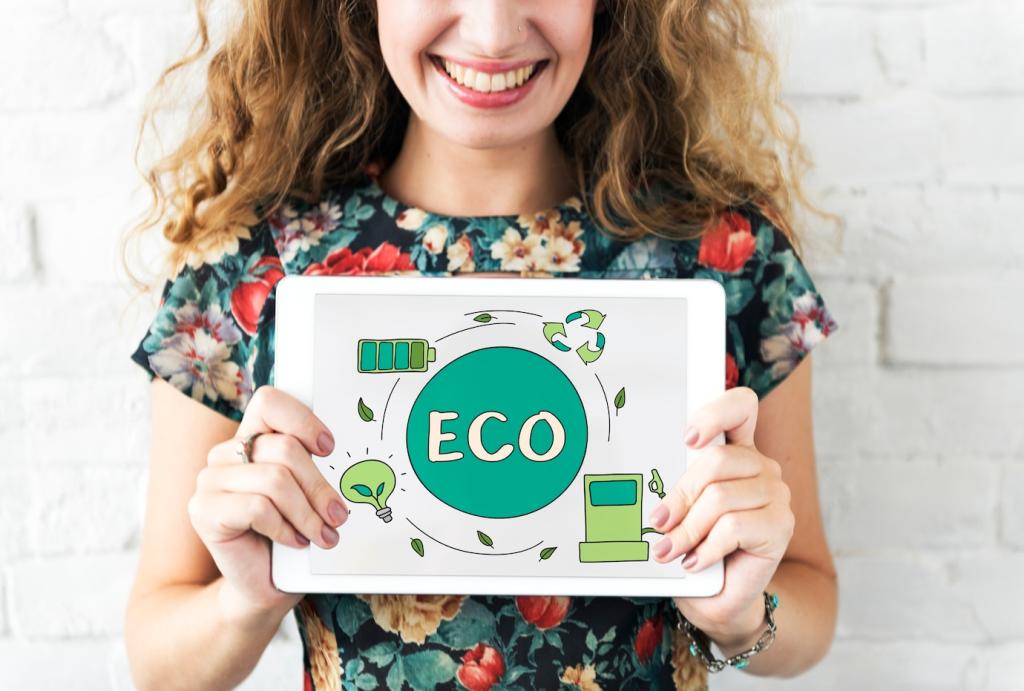
Make Sustainability Believable: Authentic Storytelling in Green Marketing
Chosen theme: Authentic Storytelling in Green Marketing. Welcome to a space where proof meets emotion. Discover how candid narratives, measurable impact, and real human voices transform eco-claims into earned trust. Subscribe, comment, and share your journey—let’s build a greener narrative together.
Why Authenticity Wins Hearts and Minds
What authenticity really means
Authentic storytelling in green marketing means speaking plainly, admitting trade-offs, and backing every promise with verifiable facts. It is not perfection; it is progress honestly described, with impact data, stakeholder voices, and consistent actions that align with the story you tell.

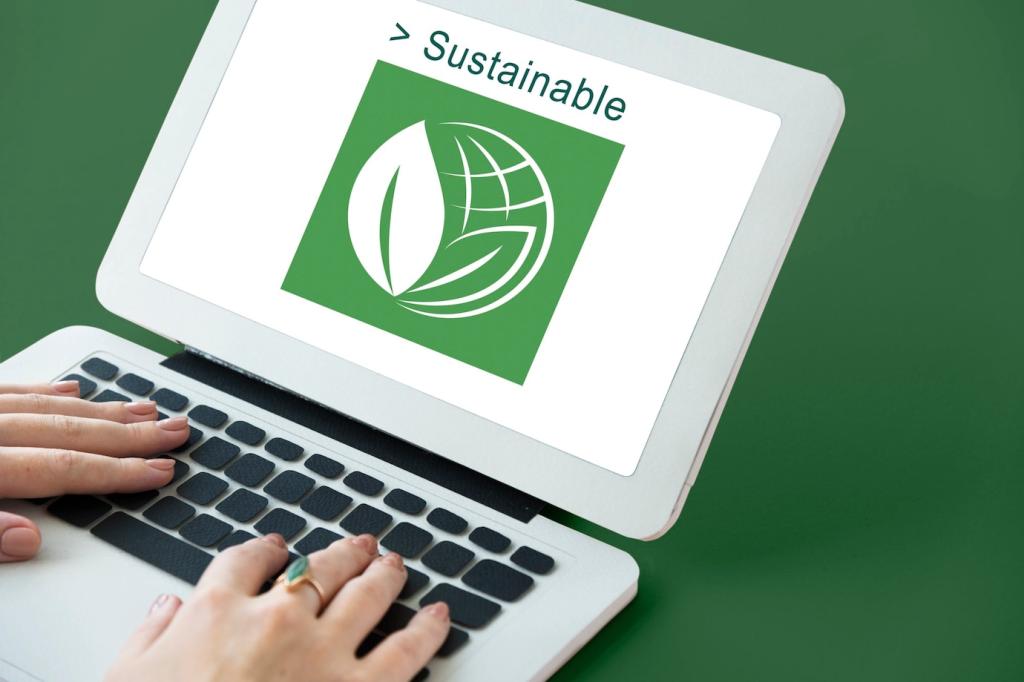
From skepticism to trust
Many consumers have learned to question eco-claims after years of vague language and buzzwords. Trust grows when brands reveal their baselines, contextualize improvements, and invite scrutiny. This transparency turns audiences from doubters into partners who root for meaningful, measurable change.

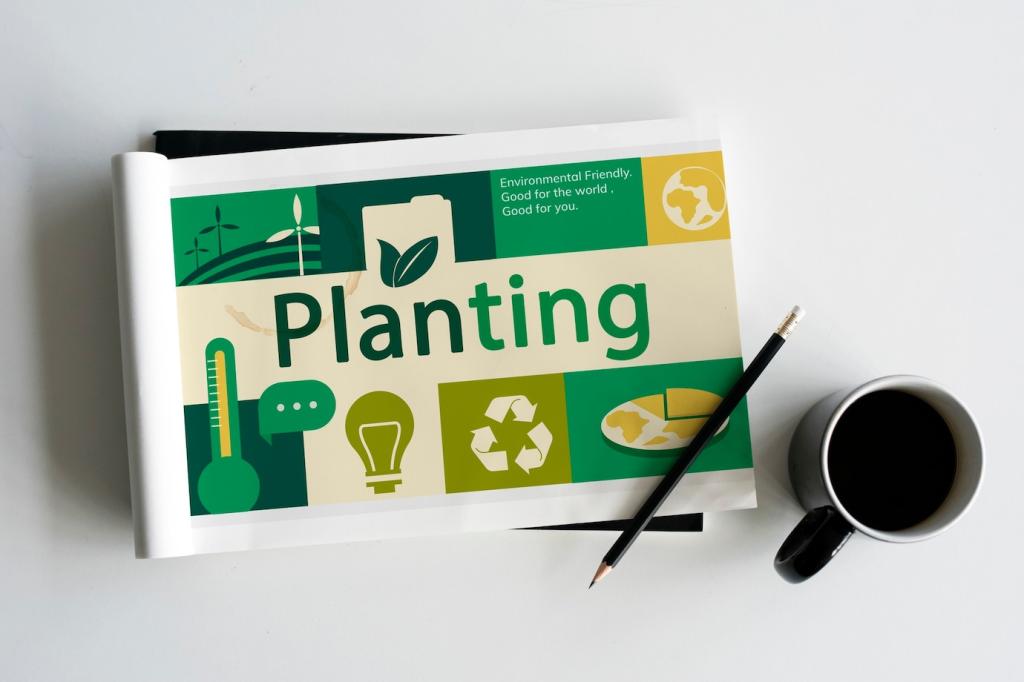
Crafting Your Sustainability Narrative
Anchor your story in the moment sustainability became non-negotiable for your brand—an internal audit, a supplier visit, or a customer’s tough question. Build from that honest moment, and connect it to the mission guiding choices you make today.
Crafting Your Sustainability Narrative
Choose a voice that sounds like real people doing real work: specific, humble, and direct. Avoid jargon-heavy claims. Instead, explain your materials, energy, and logistics so anyone can follow. Invite readers to ask questions and help shape the next chapter.
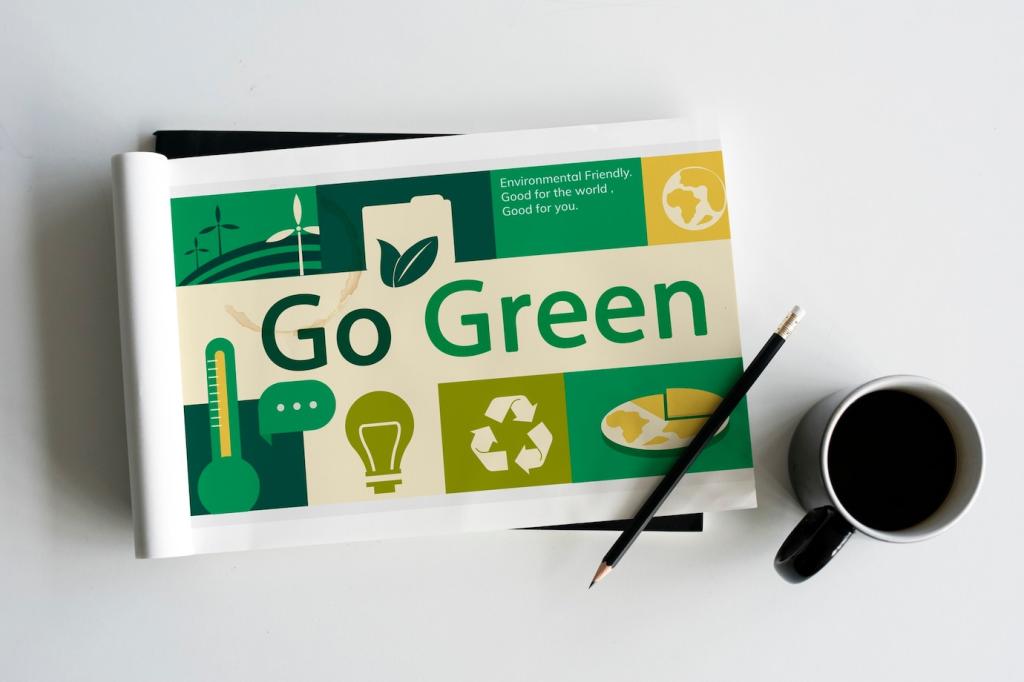
Show your numbers clearly
Present impact metrics that matter: emissions per product, recycled content percentages, water savings, or repair rates. Provide baselines, timelines, and targets so progress is visible. Use plain-language summaries and a glossary, then link to full technical documentation for deeper readers.
Invite third-party eyes
Independent audits and certifications add credibility when they are explained properly. Tell readers who verified what, how often, and under which standards. Share the scope and limitations openly. This clarity elevates your green marketing from internal claim to community-validated truth.
Open your supply chain windows
Map the journey of your product: raw material, processing, assembly, transport, and end-of-life options. Introduce the people behind each stage. The more tangible the chain becomes, the more your audience trusts your decisions—and contributes insights you might otherwise miss.

Choosing the Right Formats and Channels
Capture on-location footage at farms, factories, and repair hubs. Let ambient sound and unscripted moments prove reality. Short clips for social, long cuts for YouTube, transcripts for accessibility. End each piece with a clear action: comment, subscribe, or explore your impact hub.
Choosing the Right Formats and Channels
Use narrative articles that pair human anecdotes with charts and simple benchmarks. Explain what improved, what stalled, and why. Interactive graphics can reveal choices and trade-offs. Offer an email signup for deep-dive releases so engaged readers never miss a milestone.

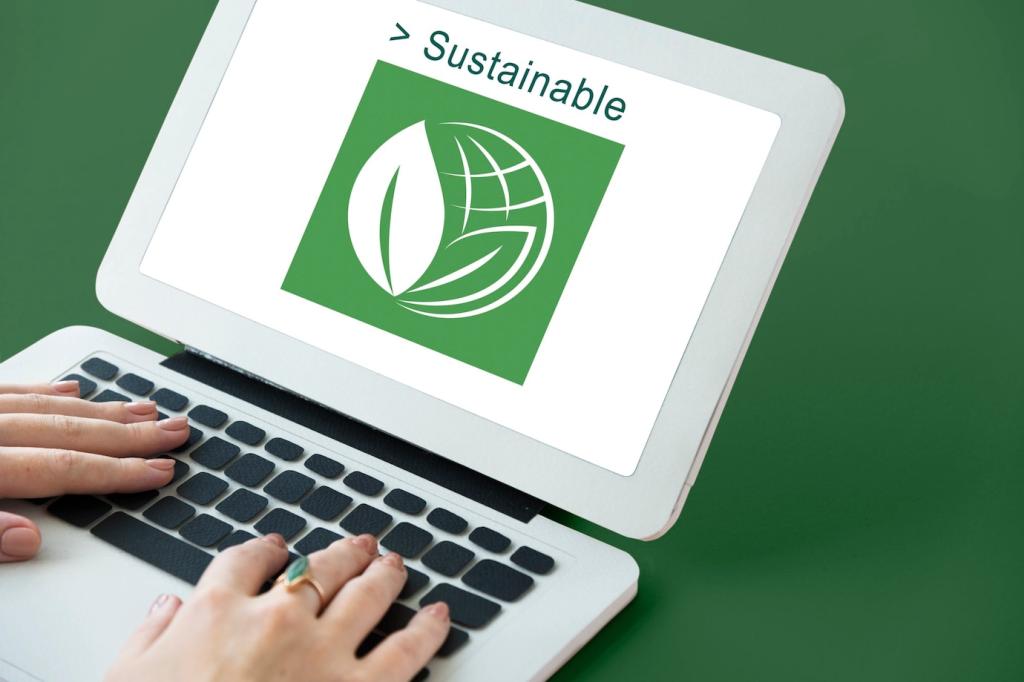
Avoiding Greenwashing and Handling Setbacks
Resist sweeping labels like “eco-friendly” without context. Specify the benefit, boundary, and trade-off: which material changed, what impact shifted, and where work remains. This discipline protects credibility and helps audiences learn how to evaluate sustainability claims everywhere.
